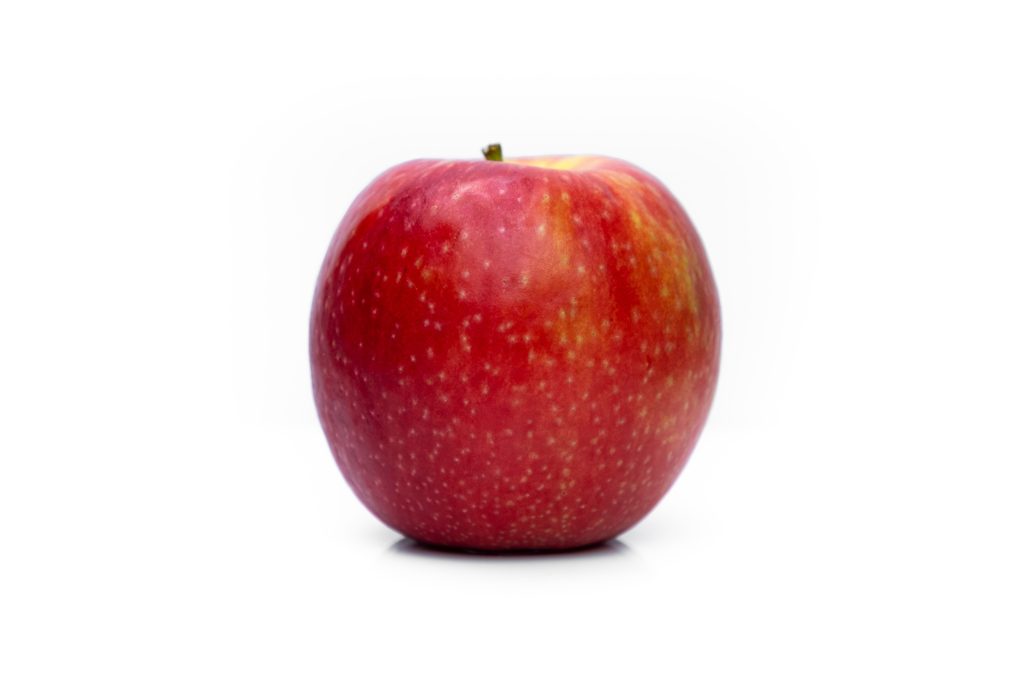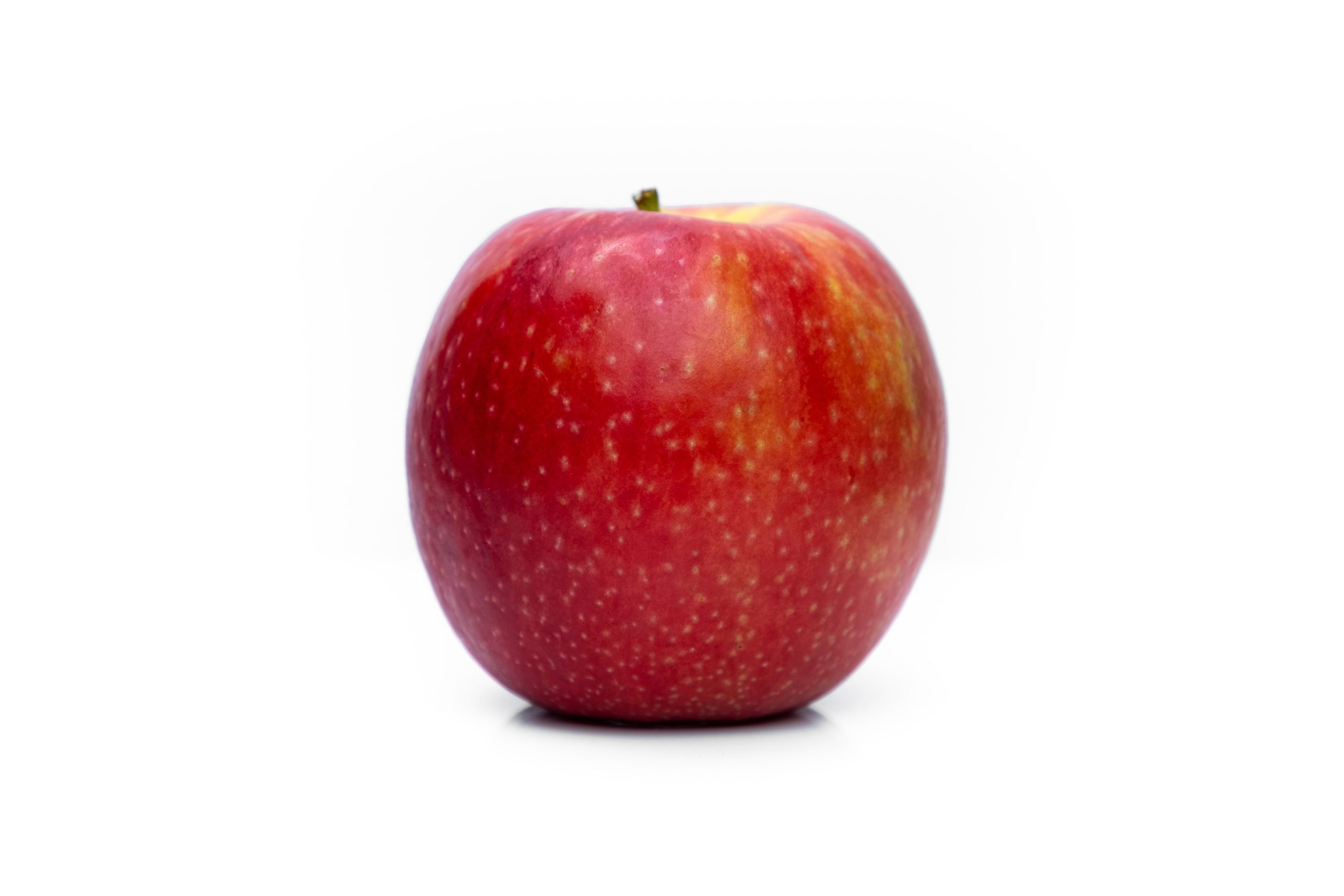Apple – Nutritive value and application – Apple is among the most widespread types of fruit; refreshing, sour-sweet taste and characteristic aroma. Numerous varieties are known (about 10,000 of them), which differ from each other in taste, sweetness or acidity, consistency and juiciness.

On average, water makes up 82% of the weight of the fruit, carbohydrates are about 12%, fat and protein together about 1%, and cellulose is found in the fruit in the amount of about 1%. In addition to basic substances, apples also contain a number of other ingredients necessary for the human body: sugar (glucose, fructose and sucrose), insoluble fibers (pectin), organic acids (the ratio of sugar and acid determines sweetness), all essential and non-essential amino acids (but in very small amounts), aromatic substances, colors (chlorophyll, carotenoids and anthocyanins), vitamins and minerals (there is especially a lot of potassium), and even fat (the seeds contain 24% oil).
At the same time, an apple contains 3.3 g of dietary fiber – more than 10% of the daily amount of fiber recommended by nutrition experts.


GOOD SOURCE – the term refers to those foods that contain vitamins, minerals, proteins and fibers in an amount of at least 10% of daily requirements (RDA).
EXCELLENT SOURCE – the term refers to those foods that contain vitamins, minerals, proteins and fibers in an amount of at least 20% of the daily requirements (RDA).
Energy and nutritional value of apples
The apple fruit is rich in nutrients, the amount of which depends on the species and the method of cultivation, and almost all the necessary nutrients are present at least in minimal amounts.
A nutrient | Measuring unit | Quantity |
| Energy value | kcal / kJ | 52 / 217 |
| Total protein | g | 0.26 |
| Total carbohydrates | g | 13.81 |
| Total fat | g | 0.17 |
| -of which: saturated fatty acids | g | 0.03 |
| Dietary fibers | g | 2.40 |
| Cholesterol | mg | 0.00 |
| Water | g | 85.56 |
| Amino acid threonine | g | 0.01 |
| Amino acid isoleucine | g | 0.01 |
| Amino acid leucine | g | 0.01 |
| Amino acid lysine | g | 0.01 |
| Amino acid phenylalanine | g | 0.01 |
| Amino acid valine | g | 0.01 |
| Amino acid arginine | g | 0.01 |
| Amino acid histidine | g | 0.01 |
| Monosaccharides | g | 8.33 |
| Disaccharides | g | 2.07 |
| Polysaccharides | g | 0.05 |
| Monounsaturated fatty acids | g | 0.01 |
| Polyunsaturated fatty acids | g | 0.05 |
A nutrient | Measuring unit | Quantity |
| c | IU | 54.00 |
| Tiamin | mg | 0,02 |
| Riboflavin | mg | 0,03 |
| Niacin | mg | 0,09 |
| Vitamin B6 | mg | 0,04 |
| Folate | mg | 3,00 |
| Pantothenic acid | mg | 0,06 |
| Vitamin C | mg | 4.60 |
| Vitamin E | IU | 0,18 |
| Vitamin K | mcg | 2.20 |
| Mn | mg | 0,04 |
| Ca | mg | 6.00 |
| Cu | mg | 0,03 |
| Fe | mg | 0,12 |
| Mg | mg | 5,00 |
| P | mg | 11,00 |
| K | mg | 107,00 |
| Na | g | 0,001 |
| Zn | mg | 0,04 |
Apple is among the most common types of fruit; refreshing, sour-sweet taste and characteristic aroma. It is most often eaten raw, but it is also baked, cooked, dried, processed into juices, marmalades, jams, jellies, and apple cider vinegar is well known and highly valued.
Apple cider vinegar is a product obtained by boiling apples or overboiled apple juice. It is used in traditional medicine because of the significant amounts of potassium, a key mineral ingredient necessary for the health of the body. The importance of potassium is that it also binds other useful mineral ingredients: phosphorus, magnesium, calcium, sulfur, iron, fluorine, and to a lesser extent other minerals. It is consumed in various combinations, most often with honey and water.
It is recommended to eat fresh apples half an hour before or a few hours after a meal. An apple contains a large percentage of water, in which nutrients are dissolved, and it passes through the stomach within 15-20 minutes, so everything is quickly absorbed. If an apple is eaten with other foods, especially fatty and protein-rich foods, they will remain in the stomach for several hours.


Apple is a regular ingredient in weight loss diets for several reasons. Thanks to the content of pectin (an insoluble fiber that swells in contact with water), the apple manages to create an additional feeling of fullness and satiety. In addition, the apple also contains the monosaccharide fructose, a sugar that can satisfy the desire for sweets without large changes in blood glucose concentration. For this reason, the secretion of the hormone insulin, which can stimulate the storage of sugar and the formation of fat from sugar, is consequently not increased. Recent research shows that the tannic acid contained in the apple significantly affects the metabolism of fats and prevents their deposition in the liver. An apple provides a lot of water (which is desirable in reduction diets), vitamins and minerals, fibers, which help regulate stools and give a feeling of satiety, and the secretion of urine also increases.
The apple facilitates digestion, and also contains many useful substances that stimulate the work of the immune system, prevents the deposition of fat in the liver and protects against cancer. Of the bioflavonoids, apples contain the most anthocyanins, which are concentrated in the skin and give the apple its red color. It is for this reason that it is advisable to eat an apple with the skin, and not because of the vitamin C content, because it is evenly distributed throughout the fruit. Anthocyanins have an anti-inflammatory effect; they have a protective effect on the liver and heart and make it more difficult for cancer to develop, and they also have a stimulating effect on the immune system. Bioflavonoids enhance the action of vitamin C, and this is a desirable combination precisely in the apple, which should definitely be included in the daily diet.













































